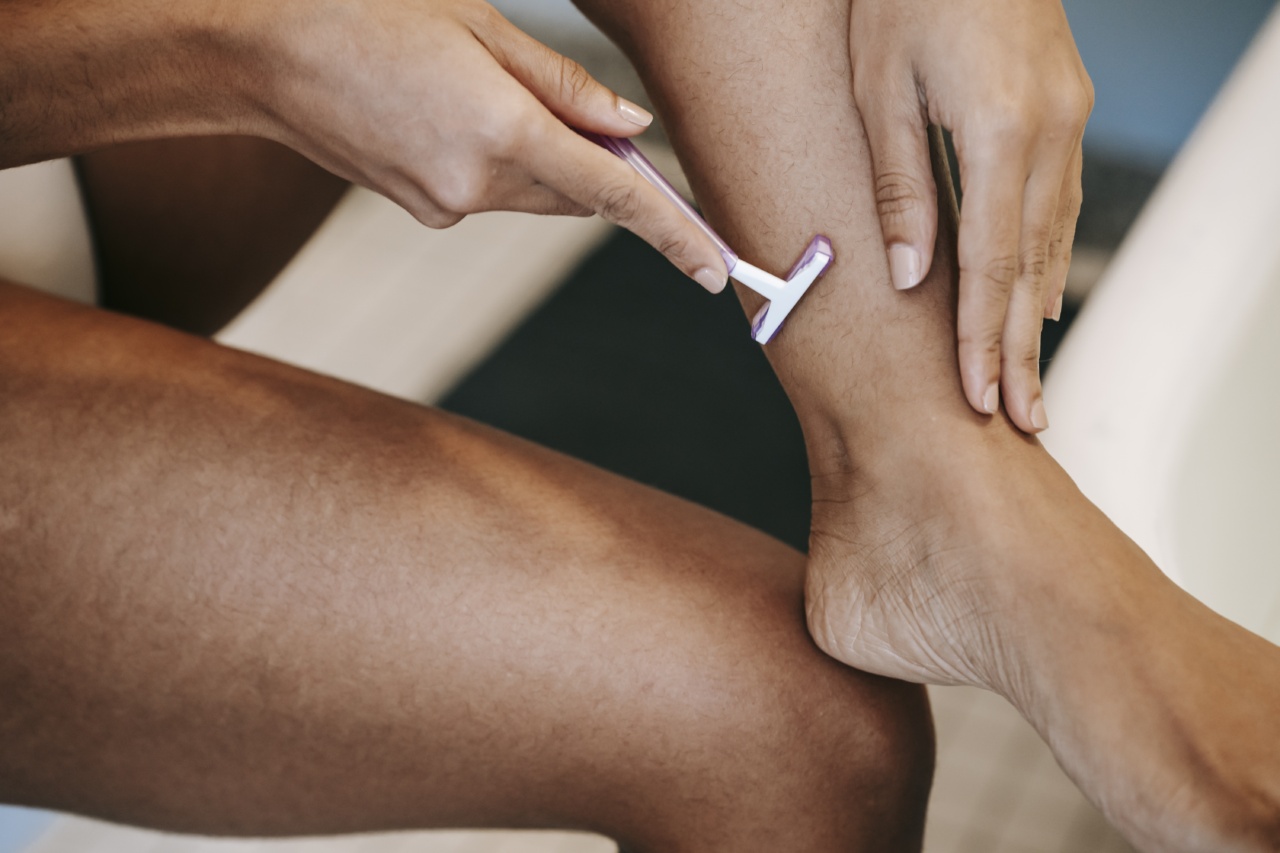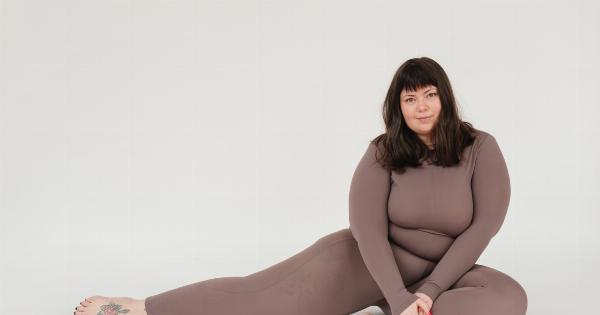Stretch marks are something that most of us dread. They can be unsightly and even embarrassing for some people. But if we take a step back and look at the bigger picture, we will see that stretch marks are a completely natural part of life.
There are a lot of myths surrounding stretch marks, and it can be challenging to tell fact from fiction. That’s why we have decided to debunk some of the most common stretch mark myths out there.
Myth #1: Only Women Get Stretch Marks
This is one of the most common myths about stretch marks. In reality, both men and women can develop stretch marks. While it is true that women are more likely to experience stretch marks due to pregnancy, men can develop stretch marks too.
In particular, stretch marks are common during puberty when the body is growing rapidly.
Myth #2: Only Overweight People Get Stretch Marks
Another common myth about stretch marks is that only overweight people get them. This is simply not true. While being overweight can increase the likelihood of developing stretch marks, it is not the only factor.
Hormonal changes, rapid growth, and genetic predisposition can all play a role in the development of stretch marks.
Myth #3: Stretch Marks Are Always Due to Weight Gain
Many people believe that stretch marks are only caused by weight gain. While weight gain can be a factor, there are other causes of stretch marks as well. For example, stretch marks can develop during puberty due to growth spurts.
They can also develop during pregnancy due to the stretching of the skin to accommodate the growing baby.
Myth #4: Stretch Marks Can Be Completely Eliminated
There are many creams and treatments on the market that claim to completely eliminate stretch marks. Unfortunately, this is not true. While some treatments may reduce the appearance of stretch marks, they cannot completely eliminate them.
Stretch marks are a natural part of the body’s healing process, and they will fade over time, but they will never go away completely.
Myth #5: Stretch Marks Are Always Visible
Stretch marks are not always visible. In fact, many people have stretch marks that are barely noticeable.
The appearance of stretch marks can vary depending on the person’s skin color, the location of the stretch marks, and the severity of the stretching that caused them.
Myth #6: Stretch Marks Only Occur on the Stomach
While stretch marks are most commonly associated with the stomach area, they can occur on any part of the body that experiences rapid growth or stretching. This can include the thighs, hips, breasts, and even the arms.
Myth #7: There Is Nothing You Can Do About Stretch Marks
While it is true that there is no magical cure for stretch marks, there are things you can do to reduce their appearance. Keeping your skin moisturized can help to reduce the appearance of stretch marks.
Additionally, regular exercise and a healthy diet can help to keep your skin healthy and elastic.
Myth #8: Only Old People Get Stretch Marks
Stretch marks can occur at any age. While they are more common in teenagers due to growth spurts and in pregnant women, they can happen to anyone. Age is not a factor when it comes to the development of stretch marks.
Myth #9: Stretch Marks Are a Sign of Poor Health
Stretch marks are not a sign of poor health. They are simply a result of the skin being stretched beyond its normal limits.
While being overweight can contribute to the development of stretch marks, being thin does not guarantee that you will not get them.
Myth #10: Stretch Marks Are Permanent
While stretch marks may never completely disappear, they will fade over time. As the skin continues to heal and renew, the appearance of stretch marks will become less noticeable.
In the meantime, keeping your skin moisturized and maintaining a healthy lifestyle can help to reduce their appearance.






















